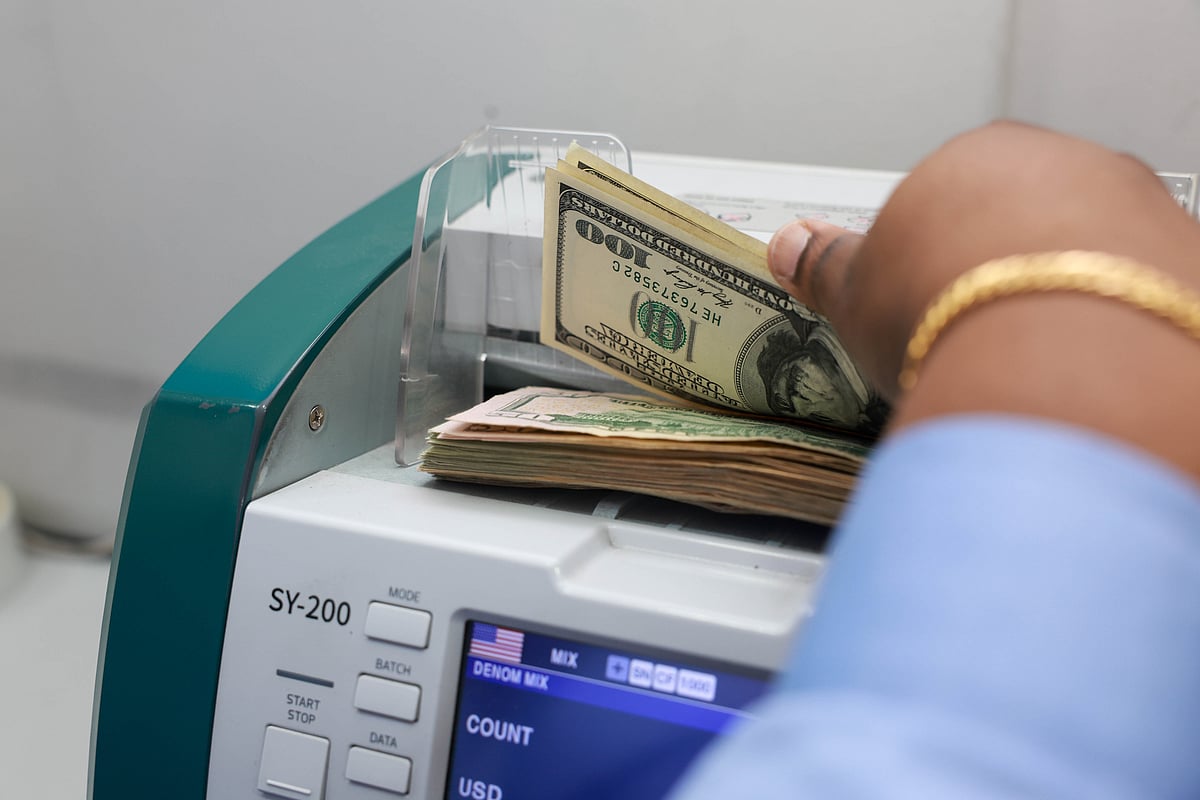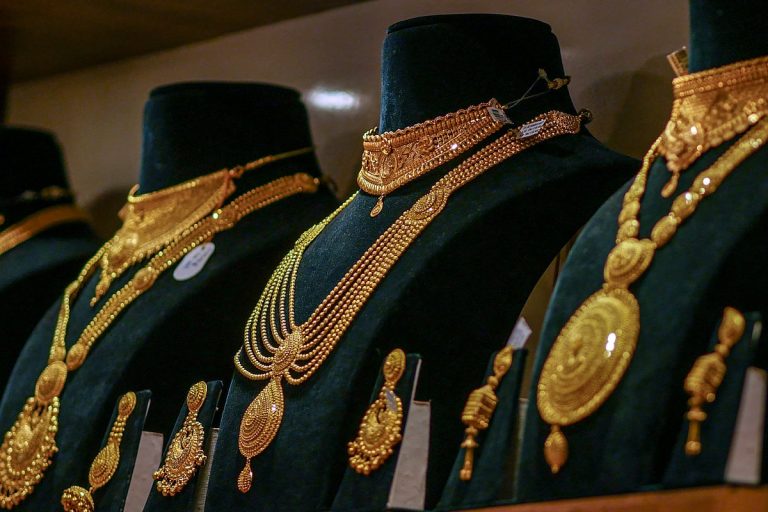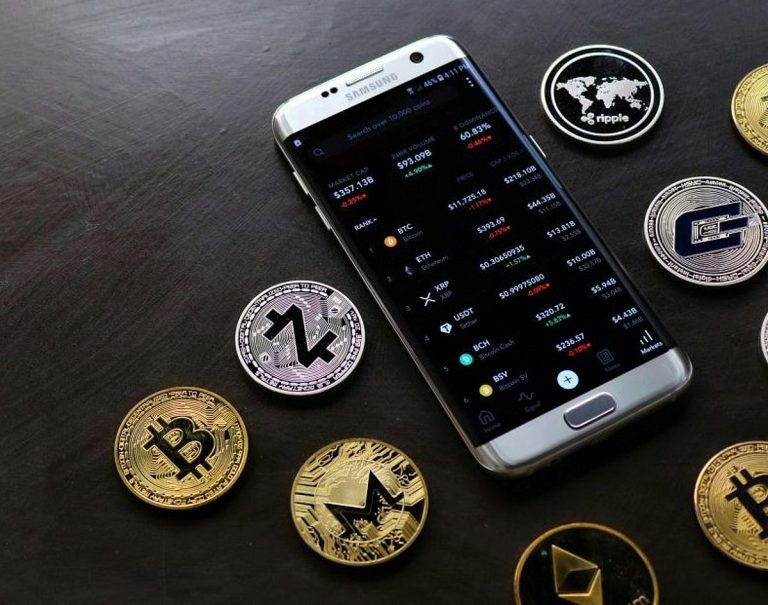Exchange Rates Affecting UAE Expats’ Remittances
As of October 10, 2025, the exchange rates for several Asian currencies against the UAE dirham have shown a notable trend. A decline in the value of the Indian rupee, Pakistani rupee, and Philippine peso is providing expatriates in the UAE with increased purchasing power when sending money back home. This situation has led many workers to reconsider their remittance strategies.
Current Exchange Rates
The latest exchange rates are as follows: – **Indian Rupee**: 24.14, a slight decrease from 24.06 the previous day. – **Pakistani Rupee**: 76.67, remaining stable from the previous day. – **Philippine Peso**: 15.81, down from 15.78 yesterday.
This fluctuation in currency values is prompting expatriates to evaluate whether to remit funds now or wait for potentially better rates in the future.
FAQs
What factors influence exchange rates?
Exchange rates are influenced by various factors, including economic indicators, interest rates, and geopolitical stability. Changes in these areas can lead to fluctuations in currency value.
How often do exchange rates change?
Exchange rates can change frequently, often multiple times a day, due to market demand and supply dynamics. It is advisable to check rates regularly for the best timing.
Is it better to remit now or wait?
Deciding whether to remit now or wait depends on individual circumstances and market trends. Monitoring exchange rates and considering personal financial needs can help in making the best decision.
Conclusion
The current decline in the Indian rupee, Pakistani rupee, and Philippine peso against the UAE dirham presents an opportunity for expatriates to maximize their remittances. As the forex market continues to fluctuate, staying informed will be crucial for making timely financial decisions.
The dynamics of exchange rates are often a reflection of broader economic conditions both in the UAE and in the countries of origin for expatriates. For instance, the Indian economy has been experiencing various challenges, including inflationary pressures and shifts in monetary policy, which can impact the rupee’s value. Similarly, the Pakistani economy has faced its own set of difficulties, including political instability and trade imbalances, contributing to the stability of the Pakistani rupee against the dirham. The Philippine economy, while showing resilience, has also been affected by global economic trends, particularly in the context of remittances, which are a significant component of its GDP.
Expatriates in the UAE often rely on remittances to support families back home, making exchange rates a critical factor in their financial planning. The fluctuations in currency values can significantly affect the amount of money that reaches their families, influencing their decisions on when to send funds. Many expatriates may choose to send smaller amounts more frequently to mitigate the risks associated with exchange rate volatility, while others may opt for larger transfers when rates are favorable. This behavior underscores the importance of understanding market trends and economic indicators that could signal potential changes in exchange rates.
Furthermore, the remittance market is also influenced by the policies of financial institutions and money transfer services, which may impose fees or offer different rates based on the volume of transactions. Expatriates are often encouraged to compare services to find the most cost-effective options for sending money home. Additionally, technological advancements in financial services have led to the emergence of digital remittance platforms, which can offer competitive rates and lower fees, further impacting how expatriates approach their remittance strategies. As the global economy continues to evolve, the interplay between exchange rates and remittance flows will remain a crucial consideration for expatriates in the UAE.
Also Read:
UAE Faces Oman in Crucial World Cup Qualifier Match
UAE Traffic Update: Heavy Delays on Key Dubai Routes Including E11 and E311







